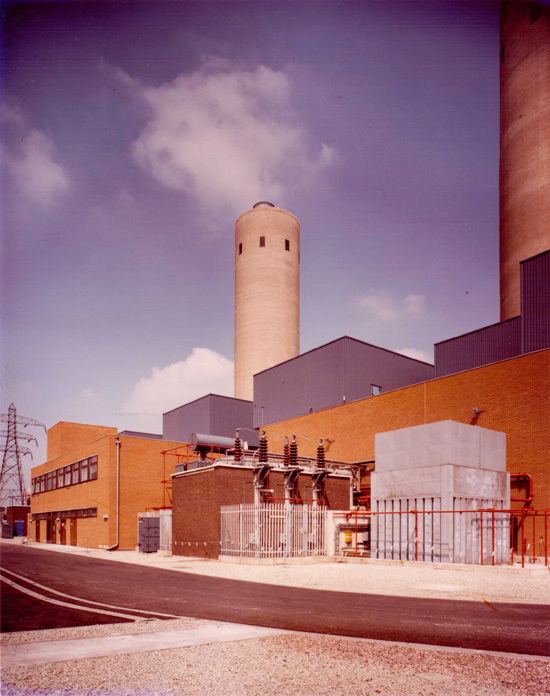Status Decommissioned Decommission date 1977 | Construction began 1901 | |
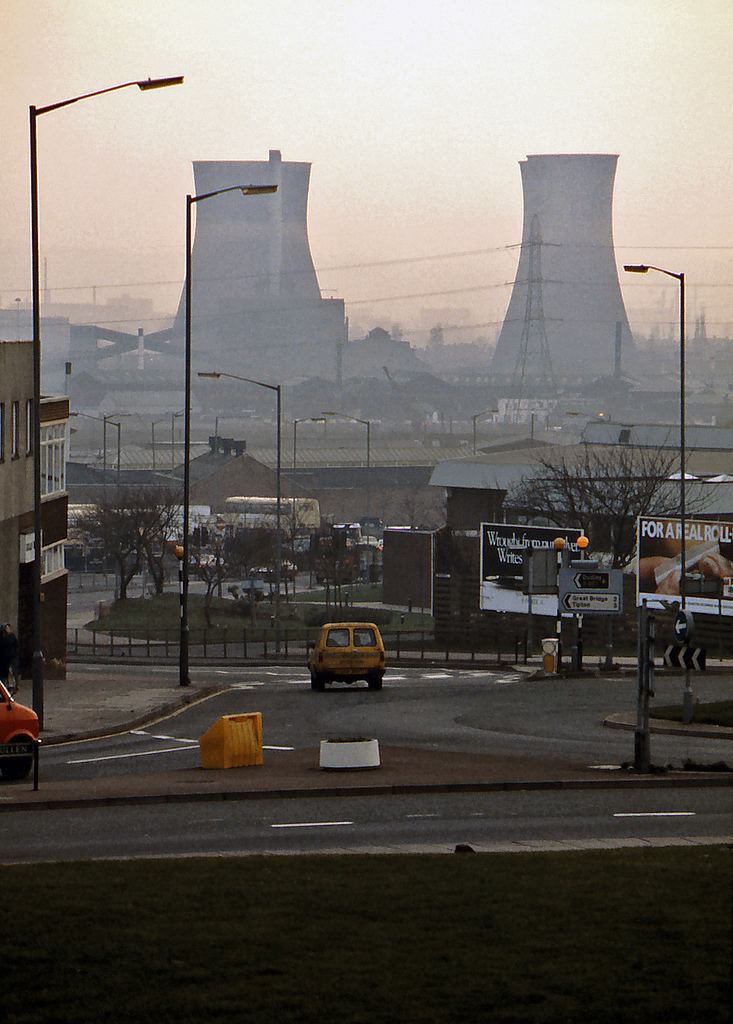 | ||
Ocker Hill Power Station was situated at Ocker Hill in Tipton, Staffordshire, at a point where the Walsall Canal intersected the L&NWR Wednesbury to Princes End railway line. It was opened in 1902 by the Midland Electric Corporation for Power Distribution Ltd.(MEC) and supplied electricity at 7 kV two phase 50 Hz to much of the Black Country. At the time of its building it was stated by the Stourbridge County Express that it was planned to be the largest power station in England. Although this may have been the original intention, it was never achieved.
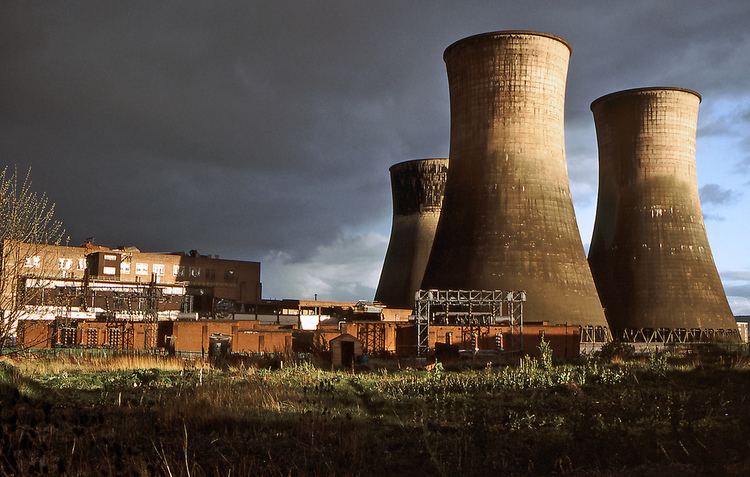
The original plant comprised two Ferranti 800 kW reciprocating steam alternators and a 1500 kW Ferranti/Yates and Thom machine. Because of the rapid advance in the design of steam turbines, no more reciprocating machines were installed, and by 1906 a Willans/Dick Kerr steam turbine had been installed to meet the growing load, the first of fifteen turbines to be installed during the life of the station. In 1927, ownership passed to the new West Midlands Joint Electricity Authority (WMJEA), and with the building of the National Grid in the early 1930s it became a "selected station". In 1948 it became part of the newly created British Electricity Authority (later to become, by reorganisation the Central Electricity Authority (CEA) and then the Central Electricity Generating Board (CEGB). It closed in 1977, as a result of the mid-1970s recession, which also claimed many other serviceable stations.
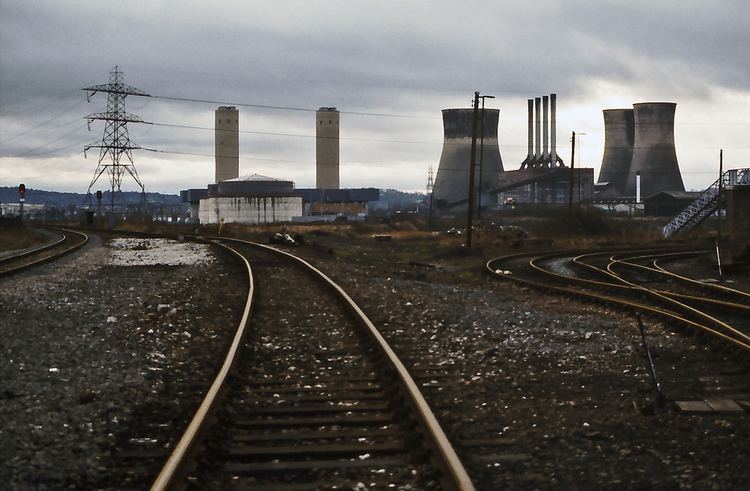
In 1951 the station achieved brief fame in the technical world by being the first to run a large alternator, whose turbine was disabled, as a so-called "synchronous condenser", which enabled the generation of lagging reactive power to control voltage at a weak point in the system.
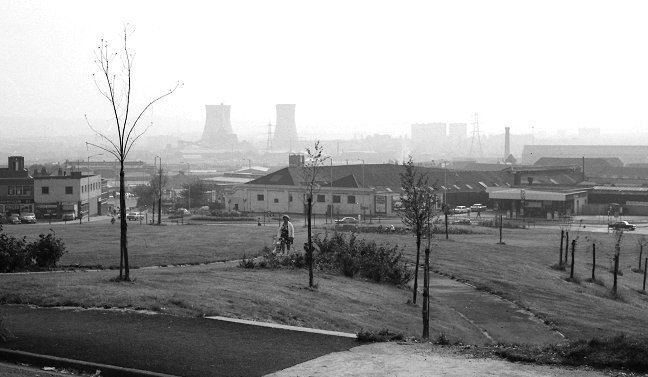
Originally equipped with reciprocating steam engines, during its long life a total of eighteen generating sets were installed and in turn replaced with larger units or scrapped. The final equipment was of fairly typical 1940's design with eight Babcock stoker-fired boilers using the range system, feeding two British Thomson-Houston 34 MW sets and two Richardsons-Westgarth 30 MW sets, running at 650 psi and 875 °F (468 °C) superheat. Two of the cooling towers were unique, nationally and probably globally, in having the control room, 33 kV switchgear, relay room, garages and main stores beneath them. The station was coal-fired throughout its life, although small quantities of more unusual low-cost fuels were burned,including coke, sawdust, and at one period chicken droppings. Fuel was delivered originally by canal and later by rail,with small quantities by road. Although in later years the station was small in comparison with modern stations, it was extremely successful,and had a high availability, load factor and thermal efficiency when compared with most stations similar in design and age. It was the first station in the country to use the innovative "Taprogge" system of on-load condenser tube cleaning.For thirteen years, from 1959 to 1971, the load factor never dropped below 50%, well above that of the system as a whole. In 1968-1970, Ocker Hill had the highest load factor of any CEGB stoker-fired station, and the third highest thermal efficiency. During periods of plant shortage, it repeatedly carried overloads of up to 20%.

The buildings and cooling towers remained unused on site for a further ten years being demolished in 1987. The site is now a housing estate, built in the mid-1990s, and the Black Country Spine Road runs through what was the coal plant.

